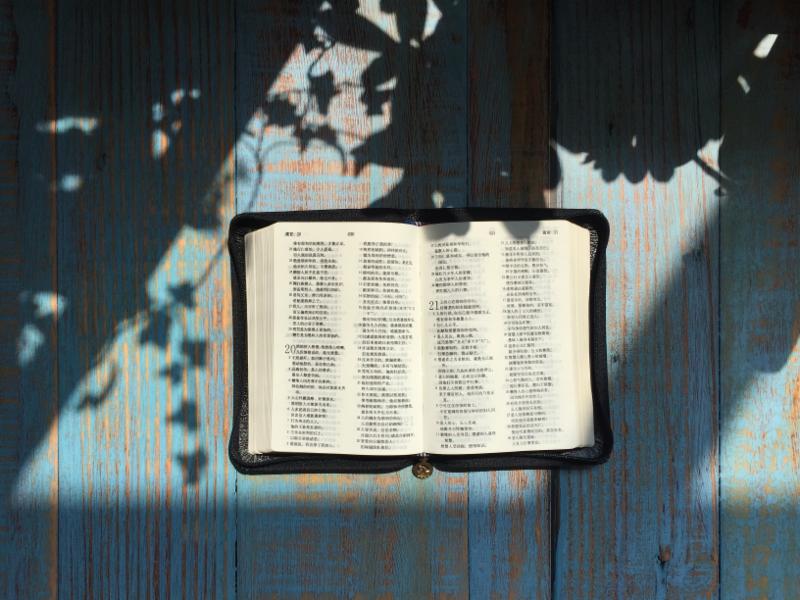“Save us, O God of our salvation, and gather and rescue us from among the nations, that we may give thanks to your holy name, and glory in your praise” (1 Chronicles 16:35)

As we read through the Old Testament books of 1 and 2 Chronicles, you might find yourself asking, “Didn’t we just read all of this in 1 and 2 Samuel and 1 and 2 Kings? Why the need for so much repetition?
The books of 1 and 2 Samuel and 1 and 2 Kings tell the five-hundred-year story of Israel’s monarchy from King Saul through the Exile into Babylon. By the time you make it through 2 Kings, you have truly accomplished a marathon of reading. And how do we celebrate? By dutifully reading 1 Chronicles which begins with nine chapters of genealogical lists.
You might be interested to know that in the Jewish Scriptures 1 and 2 Chronicles do not follow 1 and 2 Kings. In the Jewish Scriptures 1 and 2 Chronicles are placed at the very end. Why? Because that’s where they belong. 1 and 2 Chronicles are not a repeat of 1 and 2 Kings. 1 and 2 Chronicles are a retelling of 1 and 2 Kings from a much later time in Israel’s history.
Many Bible scholars date the writing of 1 and 2 Chronicles between 400 and 300 B.C. God’s people have returned from Exile and are back in the Promised Land. They have rebuilt the Temple and reconstructed the wall around Jerusalem. I cannot emphasize enough the impact the Exile had on God’s people. Like the Exodus out of Egypt, the Exile to Babylon proved a profound event that marked God’s people for centuries afterwards. It caused many of God’s people to ask, “After all that occurred (the destruction of the Temple, the destruction of Jerusalem, the Exile), how do we know that God is still with us?”
As you read through 1 and 2 Chronicles with these new insights, and consider your own community of faith, how might you answer the question, “How do we know that God is still with us?”